Instagram filter used: Willow
Photo taken at: Kennedy TTC Station
If you’re running an old plotter, getting pens can be a worry. While there are some companies that might still make them (Graphic Controls/DIA-Nielsen, for one) they are expensive and limited in range. They’re also felt-tip, which means they’ll dry out if not carefully re-capped.
While eBay might supply all things (like these Roland DG plotter pens I scored a couple of days back; fine, black, new old-stock, or these German plotter pens), I also found this:
 It’s described as “11.5*28MM cutting plotter vinyl cutter pen holder 50mm for Roland holder Pcutâ€. I bought two, and eventually the slow boat from China came …
It’s described as “11.5*28MM cutting plotter vinyl cutter pen holder 50mm for Roland holder Pcutâ€. I bought two, and eventually the slow boat from China came …
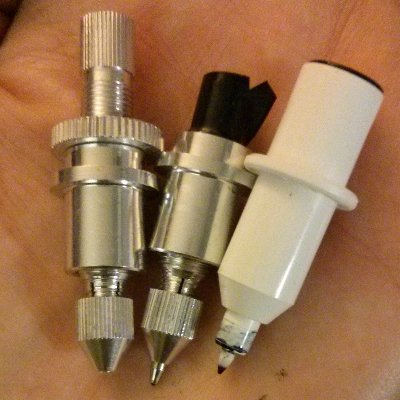
The one on the left is an unmodified pen holder. Well, it’s really a ballpoint-refill holder, as it comes with a (random colour of blue) refill. To modify these to fit into an HP desktop plotter, you will need to:
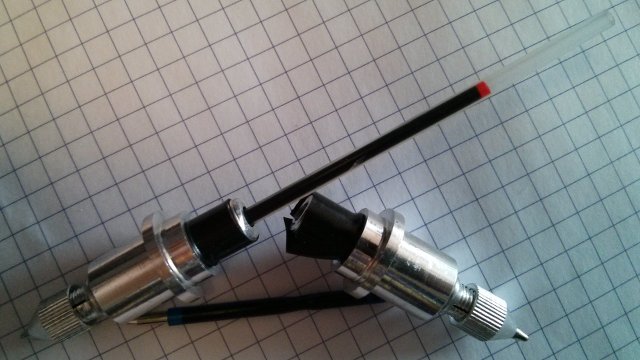
My modified pens look like the above.
The dollar store is a good source of cheap ballpoint pens. I managed to snag 8 retractable red pens for $1.25, and 4 black pens for $1.
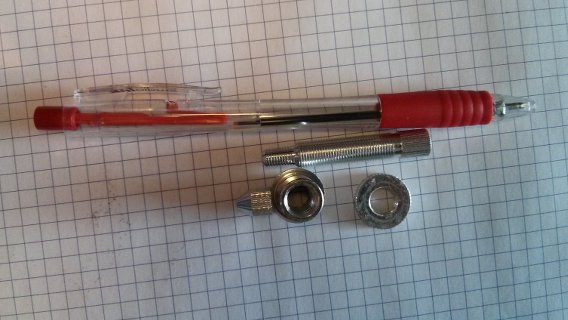
(These retractable pens more often than not eject the whole internals across the room when you retract ’em.)
It’s probably a good idea to scribble with the pens a bit before and after modifying them, as they take a while to flow freely. They plot very lightly; the black ink looks more like a faint pencil line.
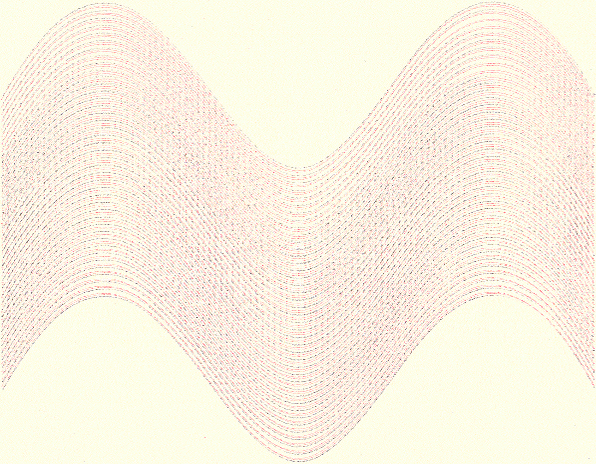
If you look close up, not merely are the lines very faint, but something else important shows up:
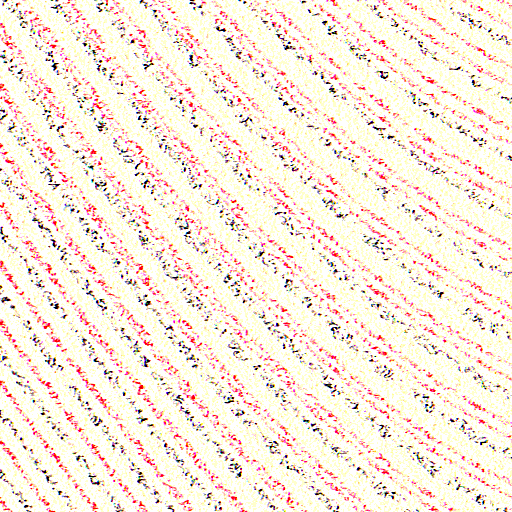
The lines — which should be a constant(ish) distance apart, if the paper has stayed in registration — are showing a varying distance from each other. It looks like the pen points are a little off-centre, so when the pen is swapped out, it gets turned to a slightly different position. This would really only matter for precise work, and I find the effect interesting.
As for the HP-GL viewer? GhostPDL, by the makers of Ghostscript. You’ll have to build it from source, and its documentation isn’t quite where one might want it to be, but it implements a full HP PCL6Â / HP-GL/2 interpreter than can output bitmaps, PostScript or PDF. The SVG graphic below was made using the tools/plot2pdf.sh script to convert HP-GL to PDF, then I used ghostscript to convert that to SVG. Nifty!
As a bonus, GhostPDL comes with one of the prettiest plotter fonts ever:

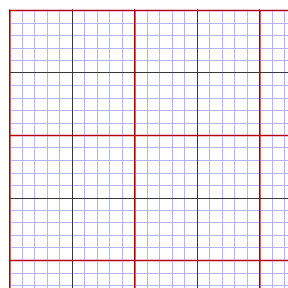
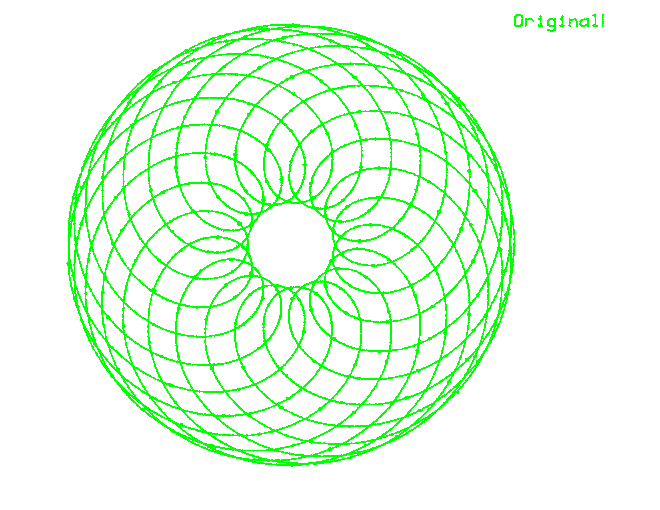
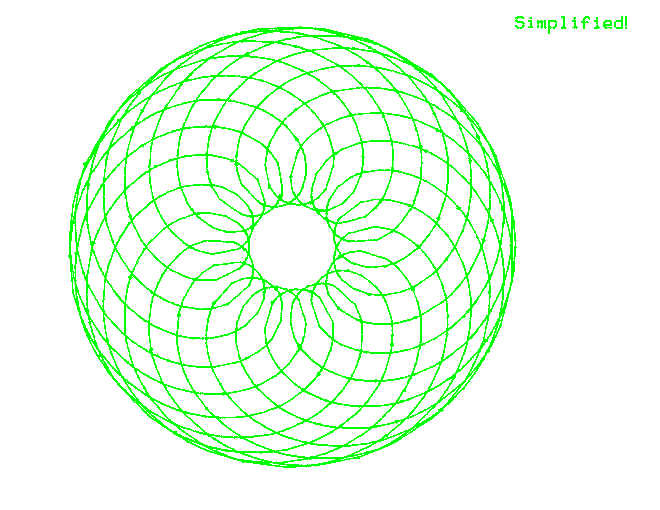
Buy it — it’s great!